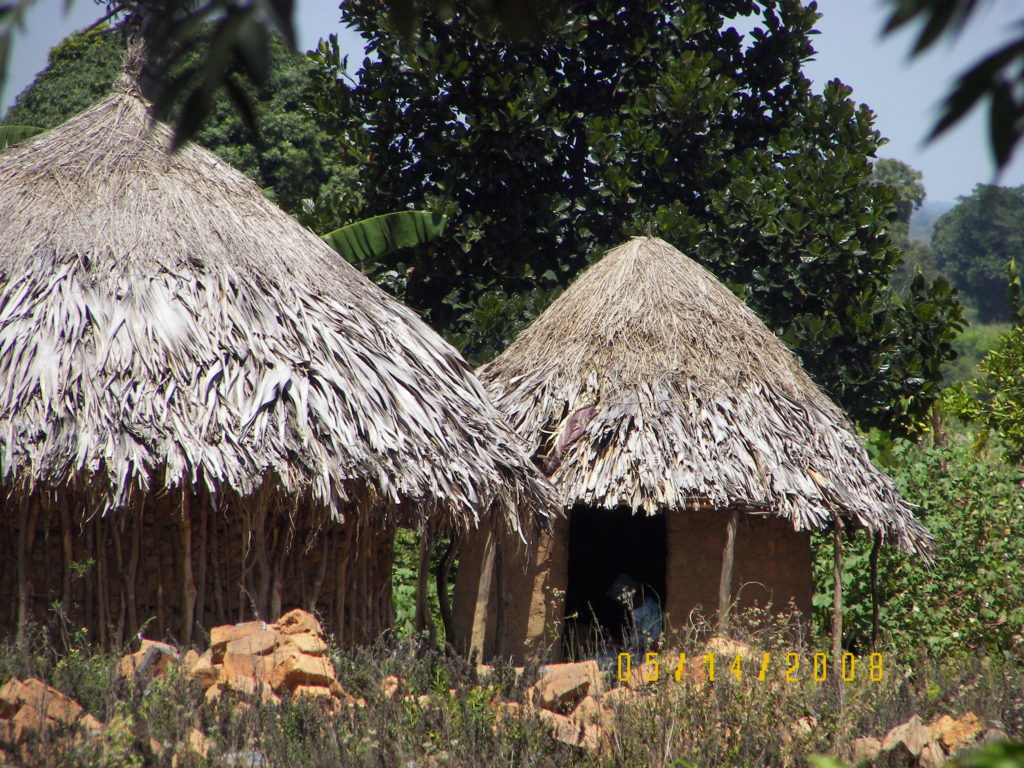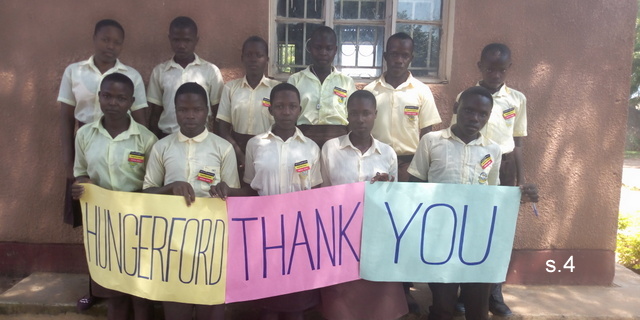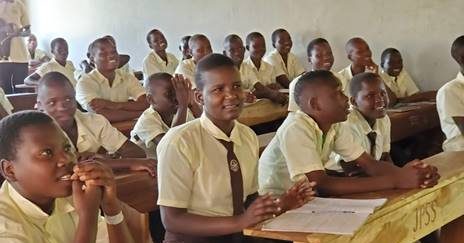
A Stark Reality: Ugandan Poverty and the Need for Education
Making a difference requires understanding the current situation. The Ugandan education system is challenging at best – adversely affected by the poverty it seeks to assuage. Consider this account – a story of two students within the Ugandan education system.
Damba was born in a rural area of Uganda; his home was a thatched roof hut with no electricity or running water. His parents worked in the field – as he did from childhood on.

Damba began his schooling (P-1 to-P-7) in a Ugandan government school, unfortunately not one of the Universal Primary Education (UPI) free tuition schools. Tuition, book and supplies fees, though extremely low, were barely affordable for his parents. Because of an ongoing teacher shortage, especially in rural areas, he was in a classroom of 60 children. Still, Damba was luckier than his older sister; since 1998, three children from a family may attend school paying minimal tuition but sadly, a school may select male over female students. At one point, Damba’s parents could not pay his school fees and he was “chased” from school, not able to return or advance a grade until his fees were paid. Damba’s time back in the fields was initially short, but ongoing his time away from lessons increased. Like several other classmates, he dropped out permanently. His sister became one of Uganda’s victims of an overall 25% teen pregnancy rate.
Masiko was born in Chelekura, a rural village relying on agriculture. Her parents were also poverty-ridden—no electricity or running water. But Masiko was placed in the government school that is on the campus of JPSS. At one point, she was also chased from school, but her interim time in the fields did not deter Masiko from finishing primary school. Masiko’s diligence in achieving high grades earned her a Hungerford Scholarship to John Paul Secondary School. Private Secondary schools (Grades S-1 to S-6) prepare a student for university, require tuition, book and supplies fees and are rated better than government schools because they offer more qualified teachers and higher standards. Private school students have greater opportunity to pass exams and enter university. Because most secondary schools have boarding sections, especially in remote areas, even though she was from nearby Chelekura, Masiko gained by being in a safe haven. Besides a quality education under degreed teachers, she was provided food, healthcare, emotional support and mentoring as well as disciplined learning and religious education. Working hard, Masiko renewed her scholarship for the next four years.

Happy ending? Not quite. The recent pandemic was disastrous for Ugandan young people like Masiko. Ugandan children missed 149 days between March of 2020 and Feb of 2021. At present, schools have been re-closed for the past 110 days. Between March of 2020 and June of 2021 there was a 22% increase of pregnancy among girls aged 10-24 – including some, classmates of Masiko. Two of every ten children had less than one meal a day. Other incidents, including child abuse, child labor, negative mental health and sexual exploitation occurred. The longer schools remain closed, the more students may choose not to return.
After less than a semester in school since 2020, Masiko is one of more than 500 now waiting to return for an education which could guarantee her a university place. Based on the current rate of applications, Administrator Fr. John Chrysostom reports that John Paul could easily double in size – if facilities and staffing could accommodate. Factors include the school’s high reputation and the fact that some less financially-secured private secondary schools have closed permanently.
Is there a critical need for quality secondary schools? Yes!
Does John Paul Secondary School make a difference?
We are confident it does!
We know that providing Uganda’s young people with education is the first step toward a better future. For them . . . for Uganda . . . and ultimately for our world.



